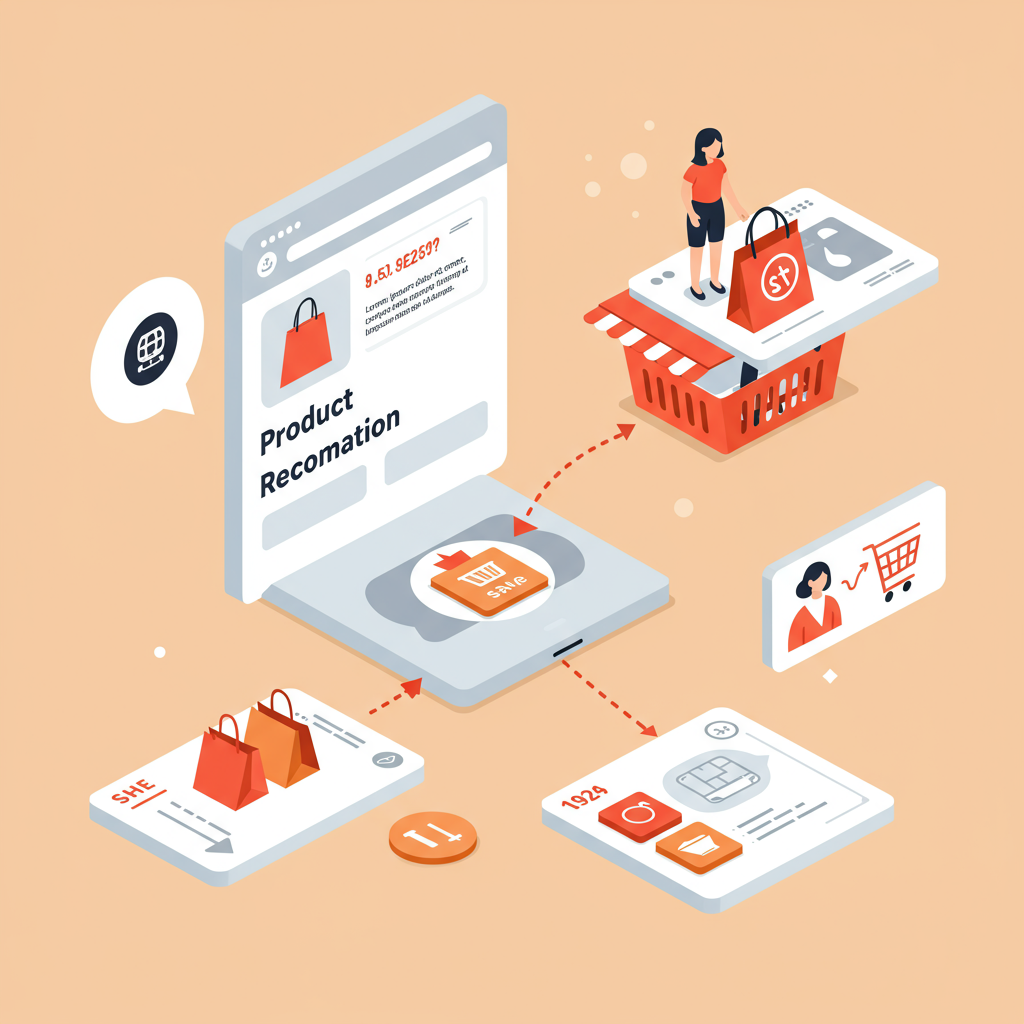Discover how strategic cross-selling can significantly boost your Average Order Value and enhance customer satisfaction in your Shopify store.
Hey fellow Shopify merchants! Today, I want to talk about a strategy that has been a game-changer for my own e-commerce ventures: cross-selling.
It’s not just about selling more; it’s about selling smarter, and more importantly, it’s about adding value for your customers.
So, what exactly is cross-selling? In simple terms, it’s the practice of offering complementary products or services to a customer who is already making a purchase.
Think of it this way: if someone buys a new smartphone, you might suggest a protective case, a screen protector, or a pair of wireless earbuds.
For us on Shopify, this is a goldmine of untapped potential, often overlooked in favor of acquiring new customers.
But why is cross-selling so crucial for your store’s success? Let me break down the key benefits I’ve personally experienced.
Firstly, and most directly, it significantly boosts your Average Order Value (AOV). More items per order means more revenue without the added cost of customer acquisition.
Secondly, it genuinely enhances the customer experience. When done right, you’re not just pushing products; you’re helping customers discover items they genuinely need or want to complete their purchase.
Thirdly, it improves Customer Lifetime Value (CLTV). Happy customers who find everything they need from you are more likely to return for future purchases, building loyalty over time.
Fourthly, it’s an excellent way to move inventory, especially those slower-moving items that might be perfect complements to your bestsellers.
So, now that we understand the ‘why,’ let’s dive into the ‘how.’ How do we implement effective cross-selling strategies on our Shopify stores?
My first and most fundamental tip is to leverage **Product Page Recommendations**. This is where features like ‘Customers also bought’ or ‘Frequently bought together’ come into play.
Shopify’s native features offer some basic recommendations, but dedicated apps can provide more sophisticated, AI-driven suggestions based on real customer behavior.
Ensure these recommendations are highly relevant. If someone is buying a coffee maker, suggest coffee beans, filters, or a mug – not a pair of shoes.
Next, consider **Cart Page Offers**. This is a critical touchpoint just before checkout where a small, relevant add-on can work wonders.
A simple pop-up or a small section on the cart page asking, ‘Don’t forget the batteries for your new toy!’ can be incredibly effective.
**Bundling** is another powerful strategy I highly recommend. Create curated product sets and offer them at a slight discount compared to buying each item individually.
Think ‘starter kits,’ ‘complete packages,’ or ‘buy one, get a complementary item at X% off.’ This encourages a larger initial purchase.
**Post-Purchase Emails** are often overlooked in the cross-selling journey. After a customer completes an order, send a follow-up email with related items they might need soon.
For example, ‘Now that you have X, consider Y to complete your setup’ or ‘Customers who bought X also loved Z.’
**Personalization** is key to making all these strategies shine. Use customer data – past purchases, browsing history, demographics – to tailor your offers.
Shopify apps can help you segment your audience and deliver highly personalized recommendations, making customers feel understood and valued.
Don’t forget **Thank You Page Offers**. Right after a purchase, while the customer is still in a buying mood, offer a small, exclusive discount on a related item.
This is a high-conversion opportunity because they’ve just completed a transaction and are feeling positive about their purchase.
What do you think about these strategies so far? I’d love to hear your thoughts on how you might apply them!
A common mistake I’ve seen merchants make is offering irrelevant recommendations. This can annoy customers and make your store seem disorganized.
Another pitfall is overwhelming customers with too many options. Keep your cross-sell offers focused, clear, and simple.
Always remember to test and optimize your cross-sell offers. A/B test different recommendations, placements, and messaging to see what resonates best with your audience.
Analyze your data: Which offers convert best? Which products are frequently bought together? Shopify analytics and dedicated apps provide these crucial insights.
Remember, the ultimate goal is to add value to your customer’s purchase, not just to push more sales.
When done right, cross-selling feels like a helpful suggestion, not a pushy sales tactic. It builds trust and shows you understand your customers’ needs.
So, I urge you to take action today! Review your product catalog and identify natural cross-sell opportunities that make sense for your customers.
Explore the Shopify App Store for tools that can automate and enhance your cross-selling efforts, from recommendation engines to bundling apps.
Start small, test your hypotheses, learn from your data, and then scale up what works. Your Shopify store’s revenue potential is waiting to be unlocked.
Cross-selling isn’t just a tactic; it’s a fundamental growth strategy that can transform your average order value and lead to happier, more loyal customers.
I truly believe that by implementing these strategies, you’ll see a significant positive impact on your bottom line and customer satisfaction.






